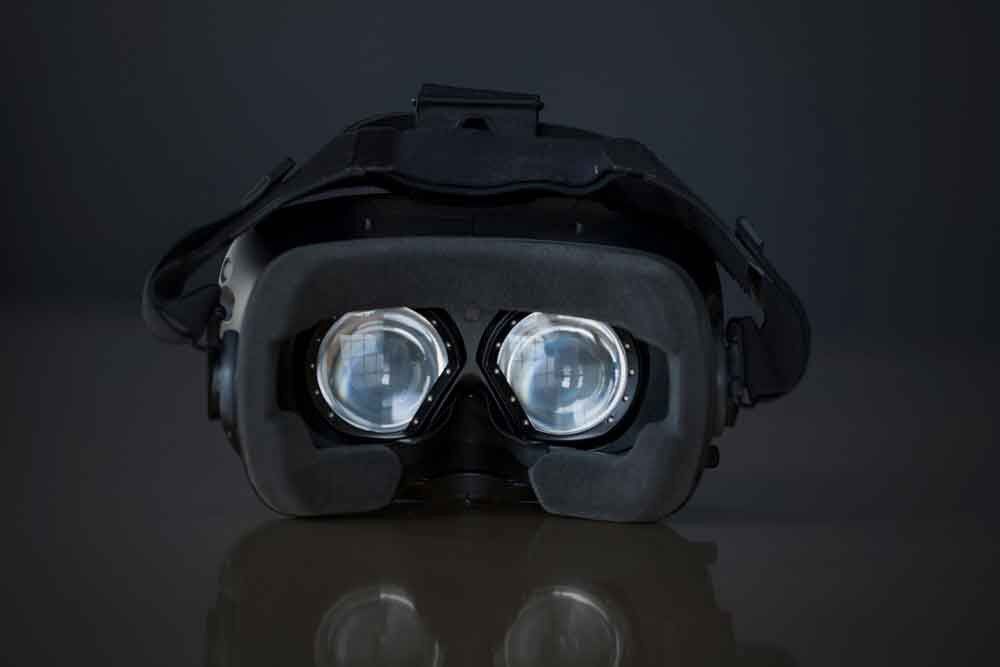Eye-tracking technology has the potential to help VR bridge two gaps. It offers users additional control and an intuitive experience, while future developments in foveated rendering will eventually decrease both the processing power necessary for rendering complex 3D environments, which will make VR more accessible overall.
Developers have talked a great deal about the importance of foveated rendering, as the display resolution for future VR headsets increases and untethered headsets based on mobile systems on chipsets gain popularity. However, once motion controls are supplemented with eye tracking, the ability to understand the user’s intent makes the system more natural and intuitive, opening the door more immersive possibilities such as socially responsive VR worlds.

Unlock premium content and VIP community perks with GB M A X!
Join now to enjoy our free and premium membership perks.
![]()

![]()